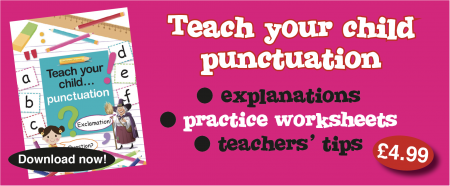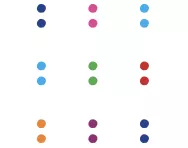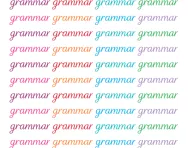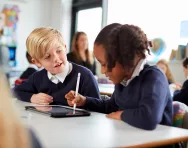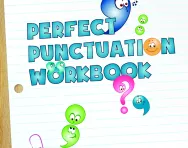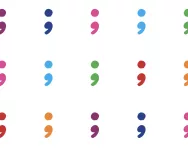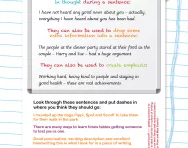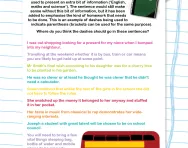Important update from TheSchoolRun
For the past 13 years, TheSchoolRun has been run by a small team of mums working from home, dedicated to providing quality educational resources to primary school parents. Unfortunately, rising supplier costs and falling revenue have made it impossible for us to continue operating, and we’ve had to make the difficult decision to close. The good news: We’ve arranged for another educational provider to take over many of our resources. These will be hosted on a new portal, where the content will be updated and expanded to support your child’s learning.
What this means for subscribers:
- Your subscription is still active, and for now, you can keep using the website as normal — just log in with your usual details to access all our articles and resources*.
- In a few months, all resources will move to the new portal. You’ll continue to have access there until your subscription ends. We’ll send you full details nearer the time.
- As a thank you for your support, we’ll also be sending you 16 primary school eBooks (worth £108.84) to download and keep.
A few changes to be aware of:
- The Learning Journey weekly email has ended, but your child’s plan will still be updated on your dashboard each Monday. Just log in to see the recommended worksheets.
- The 11+ weekly emails have now ended. We sent you all the remaining emails in the series at the end of March — please check your inbox (and spam folder) if you haven’t seen them. You can also follow the full programme here: 11+ Learning Journey.
If you have any questions, please contact us at [email protected]. Thank you for being part of our journey it’s been a privilege to support your family’s learning.
*If you need to reset your password, it will still work as usual. Please check your spam folder if the reset email doesn’t appear in your inbox.
What is a dash?

What is a dash?
A dash is a versatile punctuation mark that can be used within a sentence (instead of brackets or a colon) to show parenthesis.
A dash mustn't be confused with a hyphen, which is used to combine words together and is slightly shorter in length than a dash.
How are dashes used?
Dashes can be are used as an alternative to other punctuation marks to
- insert a break in a sentence to replace brackets, a colon or a semi-colon
- to extend a sentence and expand upon a previously-made point or clause
- to show subordinate or additional information within a sentence.
Here are dashes used to add information to the previous clause:

Here a dash is used in place of brackets:

Along with its use in place of brackets and colons, a dash can be used when writing dialogue, for example to show that someone speaking has been interrupted.

Dashes can also be used to show repetition of a word or phrase for effect, and to separate repetitive phrases. For example:

How are dashes taught in the primary school classroom?
As with all new or unfamiliar punctuation, it is important for children to see dashes ‘in action’ in the books they are reading. Adventure or horror narratives are full of dashes!
Most teachers will introduce dashes first through the eyes of a reader, then a writer. They might ask children to explain why dashes are used, or what effect their use has on the reader. Children will then progress to incorporating them into their own writing.
When are dashes taught in primary school?
Dashes are taught in Upper Key Stage 2, most commonly Year 6, however some teachers may decide to teach their class dashes in Year 5 if they feel the class or a particular student is ready.
If taught in Year 5, children will most likely be expected to use dashes as an alternative to brackets. In Year 6, more emphasis will be placed upon using dashes in a more versatile way, to show repetition or interruption within speech.
Knowledge of dashes could also form part of the Key Stage 2 English Grammar, Punctuation and Spelling test that takes place when a child is in Year 6. Children may be asked a question like the example below:

While there is no specific expectation for children to be able to use dashes within their writing to achieve age-related expectations, it is a requirement for greater depth writing.
